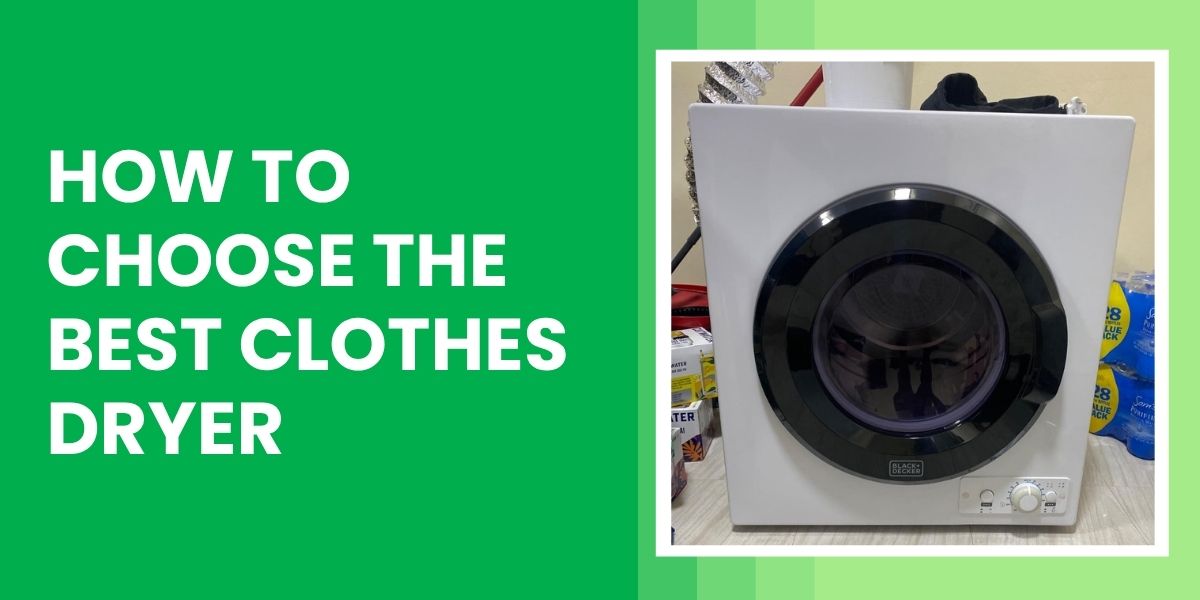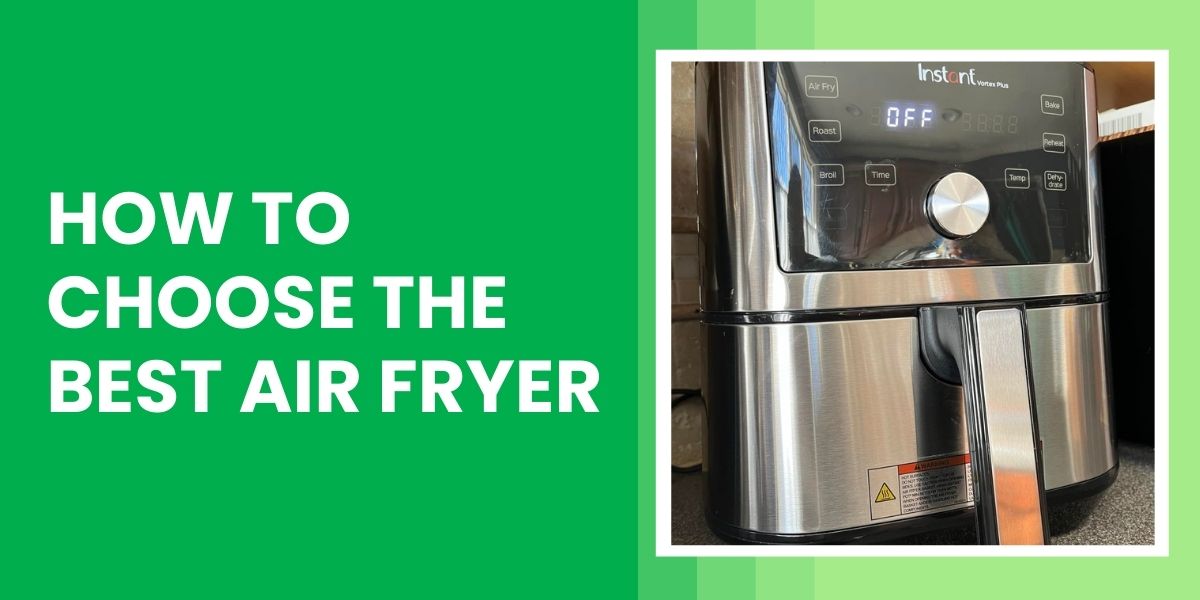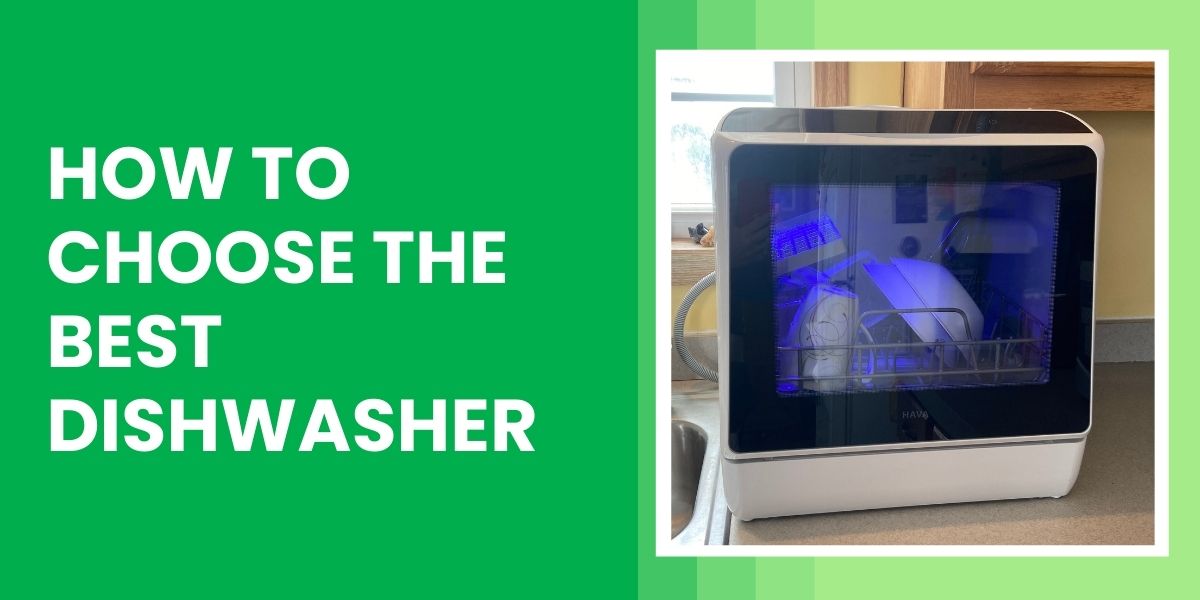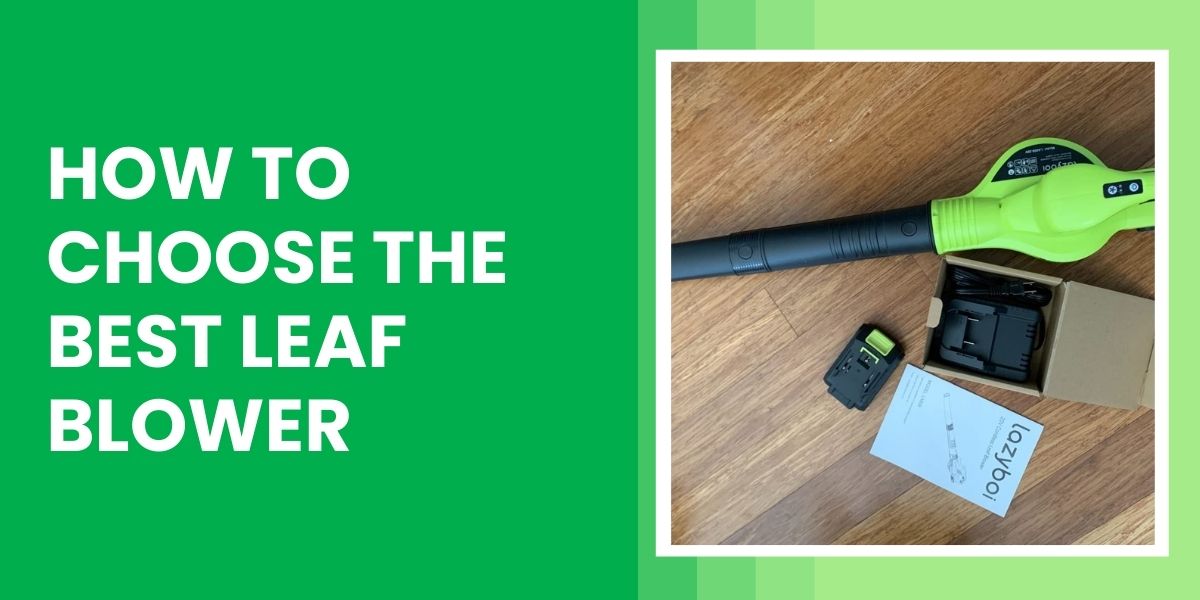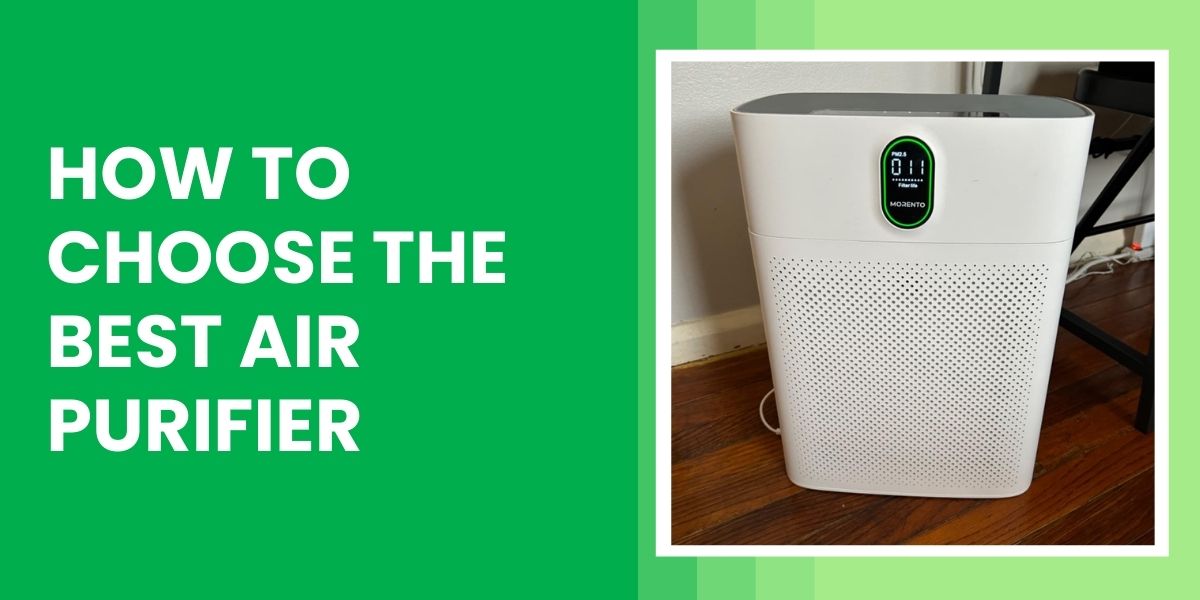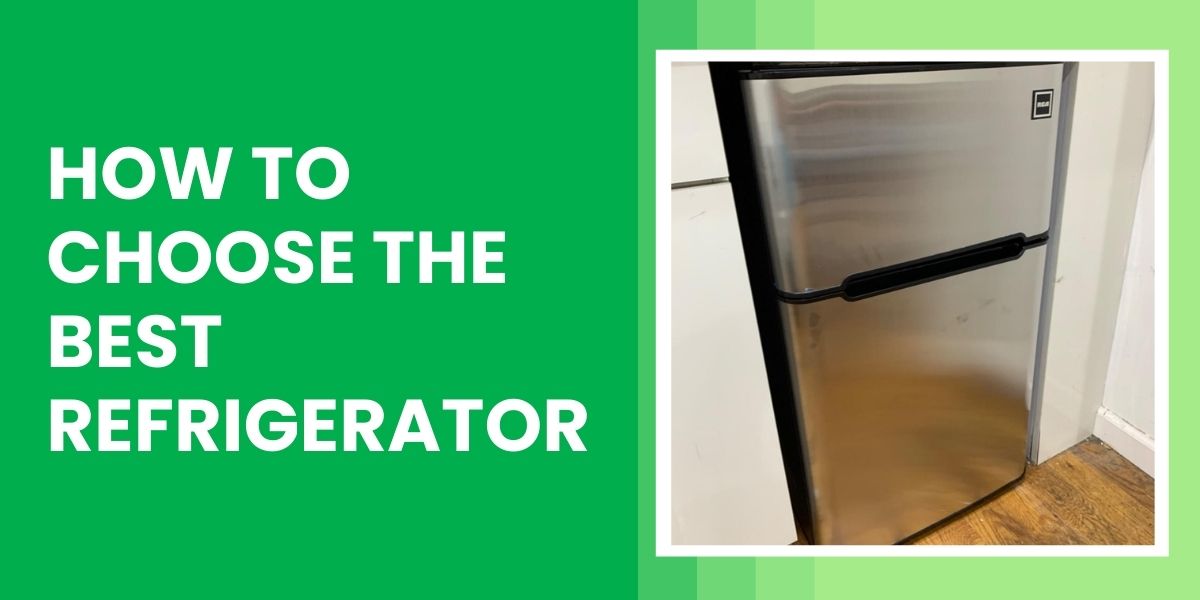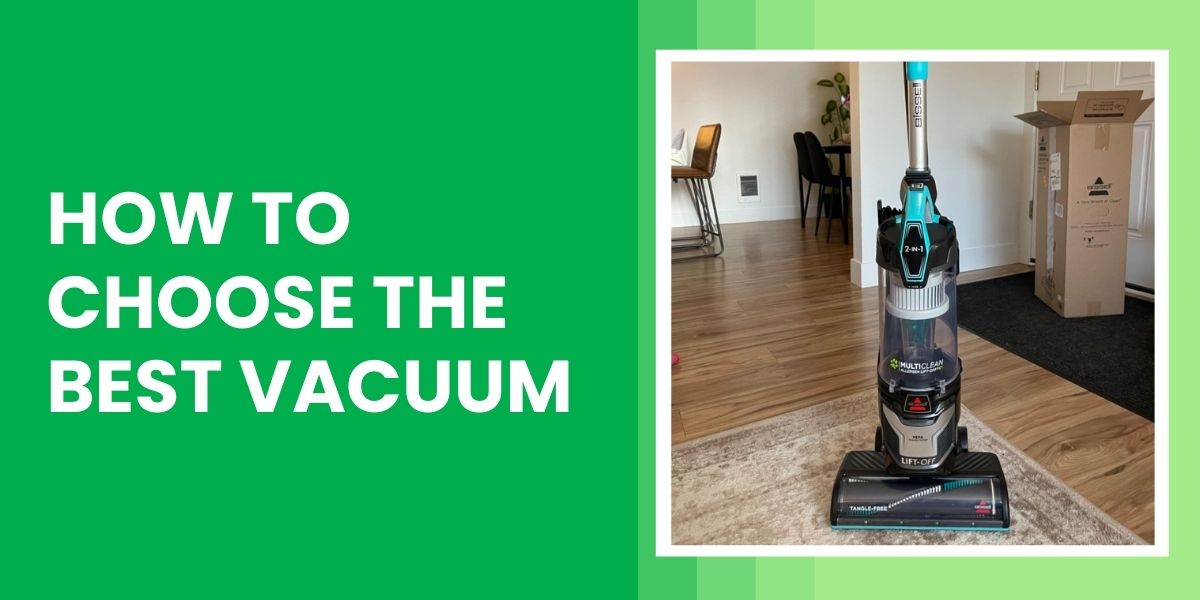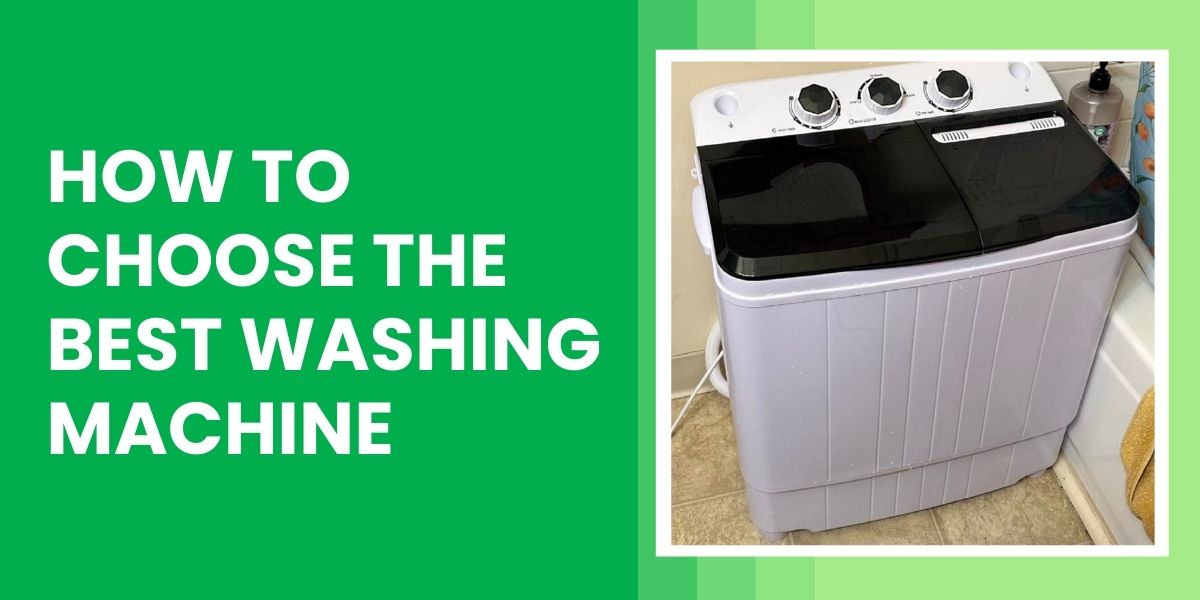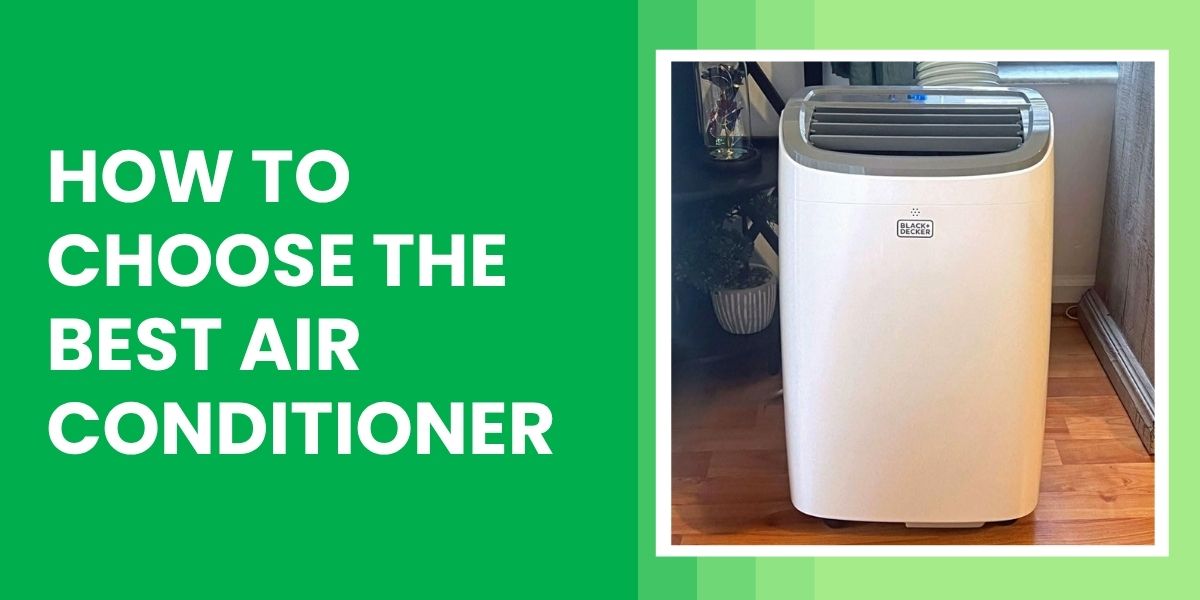A good clothes dryer can cut laundry time in half while keeping your clothes in better condition for longer. But not all dryers work the same way. Depending on your space, energy needs, and the types of fabrics you dry, one model may be a better fit than another. This guide walks you through the key factors to consider so you can choose the best clothes dryer for your home and lifestyle.
Things to Consider When Buying a Clothes Dryer
Here’s a detailed breakdown of what to look for:
Dryer Type
- Vented Dryers
Expel hot, moist air through a duct to the outside. Require a vent connection.
Best for: Homes with existing vent systems. - Condenser Dryers
Collect moisture in a reservoir or drain it through a hose—no outdoor vent needed.
Best for: Apartments or homes without external ventilation. - Heat Pump Dryers
Highly energy efficient. Recycles heat instead of releasing it, drying at lower temperatures to protect fabrics.
Best for: Long-term savings and fabric care, though typically more expensive upfront. - Gas Dryers
Use natural gas or propane. Faster and cheaper to run, but require gas hookups.
Best for: Homes already equipped with gas connections.
2. Capacity
Capacity is usually measured in cubic feet (US/CA) or kilograms (UK). Match the size of your washer to your dryer for efficient load handling.
- 3.5–5.0 cu. ft. / 6–8 kg: Small households or tight spaces.
- 5.1–7.0 cu. ft. / 8–10 kg: Ideal for medium-sized families.
- 7.1+ cu. ft. / 10+ kg: Great for large households or drying bulky items like bedding and duvets.
Tip: If you wash large items regularly, aim for 7.5 cu. ft. or more to prevent overloading and damp results.
3. Space and Venting Requirements
- Standard width is typically 27 inches (68 cm); compact models are 24 inches (61 cm).
- Check if you have access to an external vent (for vented or gas dryers).
- Stackable front-load washer/dryer sets save floor space—ideal for closets or small laundry rooms.
- Condenser and heat pump models require more space behind for airflow.
4. Energy Efficiency
Dryers consume more power than washers. Here’s what to look for:
- Energy Star–rated models use 20–30% less energy than standard models.
- Heat pump dryers are the most efficient, often using half the energy of conventional dryers.
- Sensor drying stops the cycle automatically when clothes are dry, reducing energy waste and fabric wear.
5. Drying Programs and Temperature Control
Low-heat cycles: For delicates and shrink-prone fabrics like wool or athletic wear.
- High-heat cycles: For towels, jeans, and heavy-duty loads.
- Steam refresh or sanitize: Reduces wrinkles and kills bacteria, great for allergy sufferers or pet owners.
- Air fluff: Tumbles clothes without heat to freshen or dust items like jackets.
Look for models with temperature adjustability to handle a wider range of fabrics safely.
6. Noise Levels
Dryers operate between 50–70 dB on average.
- Under 60 dB is considered quiet, ideal for small homes or late-night use.
- Insulated drums and inverter motors help reduce vibration and noise.
7. Moisture and Temperature Sensors
These features monitor dryness levels and adjust the cycle accordingly:
- Prevents over-drying, which damages clothes and wastes energy.
- Ensures more even drying, especially for mixed-fabric loads.
8. Lint Filter and Maintenance
- Easy-access lint traps should be cleaned after every use.
- Some dryers have secondary filters for condenser units or vent sensors for safety.
- Models with self-cleaning condensers reduce maintenance efforts.
9. Door Design and Accessibility
- Reversible doors give you flexibility based on room layout.
- Larger door openings make it easier to load bulky items like blankets or sleeping bags.
- Drum light helps you spot small items like socks and baby clothes.
10. Smart Features
- Wi-Fi/app control lets you start, stop, or monitor cycles remotely.
- Cycle notifications alert you when drying is done.
- Smart load detection pairs with compatible washers to auto-select drying settings.
11. Budget
- Under $500 / £400 / CA$650: Basic vented dryers, small capacity, limited features.
- $600–$900 / £500–£750 / CA$750–$1,200: Sensor drying, mid-range models, energy-efficient.
- $1,000+ / £800+ / CA$1,300+: Large capacity, heat pump tech, smart functions, premium build.
12. Warranty and Support
- Most brands offer 1-year limited warranties.
- High-end models (e.g., Bosch, Miele, Samsung) may offer 5–10 years on the motor or compressor.
- Check if parts and service are easily available in your area.
Additional Features to Consider:
- Wrinkle Prevention Setting
Tumbles clothes intermittently after the cycle ends to reduce wrinkling if you can’t unload right away. - Anti-Vibration Technology
Reduces movement and noise, making it suitable for second-floor laundry rooms or units near bedrooms. - Delayed Start Timer
Lets you schedule drying at a later time, which is useful for taking advantage of off-peak electricity hours. - Dual Thermostat or Custom Dry Settings
Allows you to dry mixed loads more efficiently without over-drying lighter garments. - Child Lock
Prevents accidental button presses or cycle changes. Especially important for families with young children. - Vent Blockage Indicator
Alerts you when airflow is restricted, which helps maintain both safety and drying performance in vented models.
Choosing the best clothes dryer means thinking beyond just heat and time. The right model will suit your space, match your laundry load size, and offer features that protect your fabrics while saving energy. Whether you prefer a simple vented model or a high-efficiency heat pump unit, focusing on capacity, sensor technology, and ease of use will help you get more out of every load. Take the time to compare features that actually matter in your daily routine and invest in a dryer that keeps up with your household’s needs.
